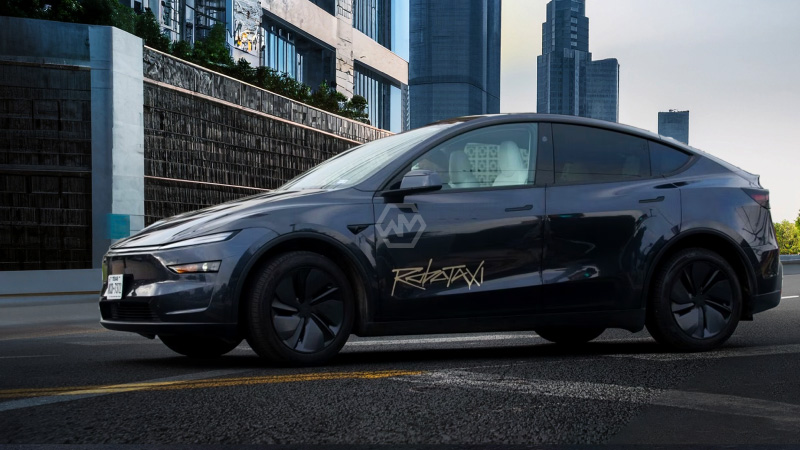- Tesla debuts its robotaxi service in Austin with 20 self-driving Model Y vehicles.
- Vehicles operate without drivers but include a safety monitor in the front passenger seat.
- The move signals Tesla’s long-awaited entry into the autonomous ride-hailing market.
Tesla has officially launched its pilot robotaxi program in Austin, Texas, marking a pivotal moment in the evolution of autonomous transportation. The program begins with a modest fleet of 20 Tesla Model Y electric SUVs, all equipped with the company’s advanced Full Self-Driving (FSD) software.
The robotaxi service is limited to select zones within the city and will initially serve handpicked users who will help evaluate the technology‘s reliability and performance.
Tesla’s Driverless Dreams Begin with Robotaxi Launch in Austin
The robotaxi operates using Tesla’s latest version of FSD software, which relies entirely on eight onboard cameras for visual data. Unlike competitors like Waymo, which incorporate lidar and radar systems, Tesla’s approach depends solely on camera vision and neural network processing. This has fueled both innovation and controversy, with debates surrounding safety and reliability.
Tesla plans to expand the fleet only after thoroughly evaluating user feedback and safety data. Notably, Elon Musk has suggested that future robotaxis—such as the Cybercab and Robovan—will be fully autonomous vehicles without steering wheels or pedals. These purpose-built models are expected to debut as early as next year, potentially revolutionizing ride-hailing and personal transport.
While companies like Waymo and Cruise have already deployed robotaxi fleets in limited U.S. cities, Tesla’s brand recognition and massive user base could give it an edge—if the tech holds up. Early participants will experience rides through a Tesla app interface, much like popular services such as Uber, but without interacting with a driver.
However, Musk’s repeated delays and lofty predictions—like the infamous promise of 1 million robotaxis by 2020—have made some investors skeptical. The current rollout is Tesla’s most tangible step forward yet, and its success or failure could greatly influence public confidence in autonomous vehicle technology as a whole.
Tesla’s robotaxi debut in Austin isn’t just a test of software—it’s a test of public trust, investor patience, and the future of driverless innovation.
“The future belongs to those who prepare for it today.” – Malcolm X
Tesla’s long-awaited robotaxi service might just be the preparation that reshapes transportation tomorrow.



